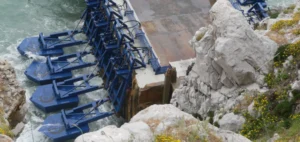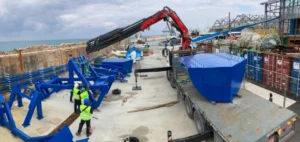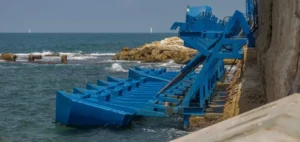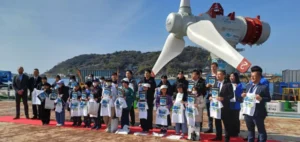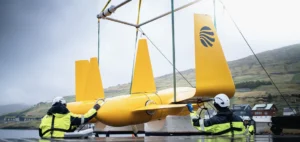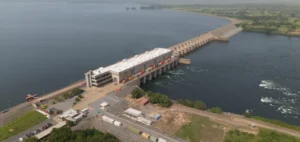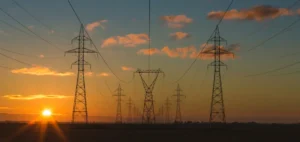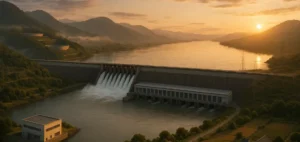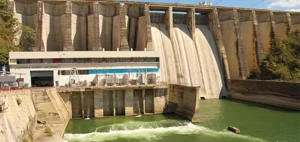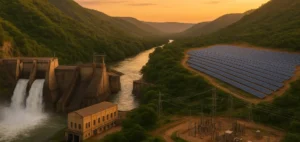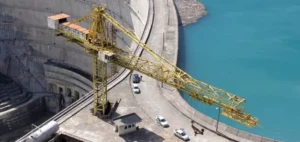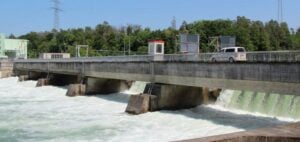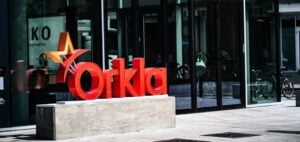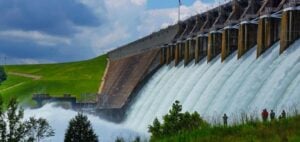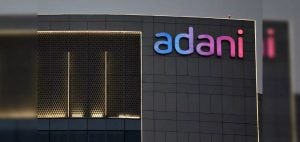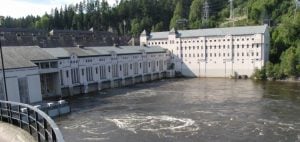Australia’s largest hydroelectric project, Snowy 2.0, is facing another setback with a delay of up to two years, which could delay its commissioning until December 2028.
Snowy 2.0: the challenges of building an underground power plant
The A$5 billion (US$3.33 billion) renewable energy project is expected to cost more due to a shortage of skilled workers, complex designs, soft ground and supply chain disruptions. Snowy Hydro CEO Dennis Barnes said the company is proactively managing the inevitable issues and challenges that arise in a complex project like this.
The Snowy 2.0 project is expected to add 2,000 megawatts of capacity, pumping water to a dam when electricity prices are low and releasing water downstream to generate electricity when prices and demand are high. It will also store enough energy to power 3 million homes for a week. Construction work, which involves drilling 27 km of water tunnels connecting two existing dams and excavating a large cavern between them for an underground power plant, was halted in March on a key section after the ground collapsed.
Snowy 2.0 delays are a concern for Australia’s ambitious renewable energy target
The delay in the Snowy 2.0 project is a major setback to the Australian government’s goal of increasing the share of renewable energy in the East Coast market to 82% by 2030, up from 30% currently. The government had hoped to have the project built by 2021, but the deadline has been pushed back to 2026. The market will need the energy produced by the Snowy 2.0 project to replace the capacity of three coal-fired plants that are scheduled to close by 2028.
The company did not specify the expected cost increase, which is under review. Last year, the company called a press report that the project faced A$2.2 billion in additional costs “fiction. The delay may result in further cost overruns, which will increase the overall project cost.
The Snowy 2.0 project is a critical investment in Australia’s renewable energy future, and these delays are a reminder of the complexity and challenges involved in such projects. The statement from Snowy Hydro’s CEO shows that the company is taking proactive steps to mitigate any other issues or challenges that may arise. Nonetheless, the delay is a setback for the Australian government’s renewable energy goals and underscores the need for more investment and planning in this sector to ensure a smooth transition to clean energy.


